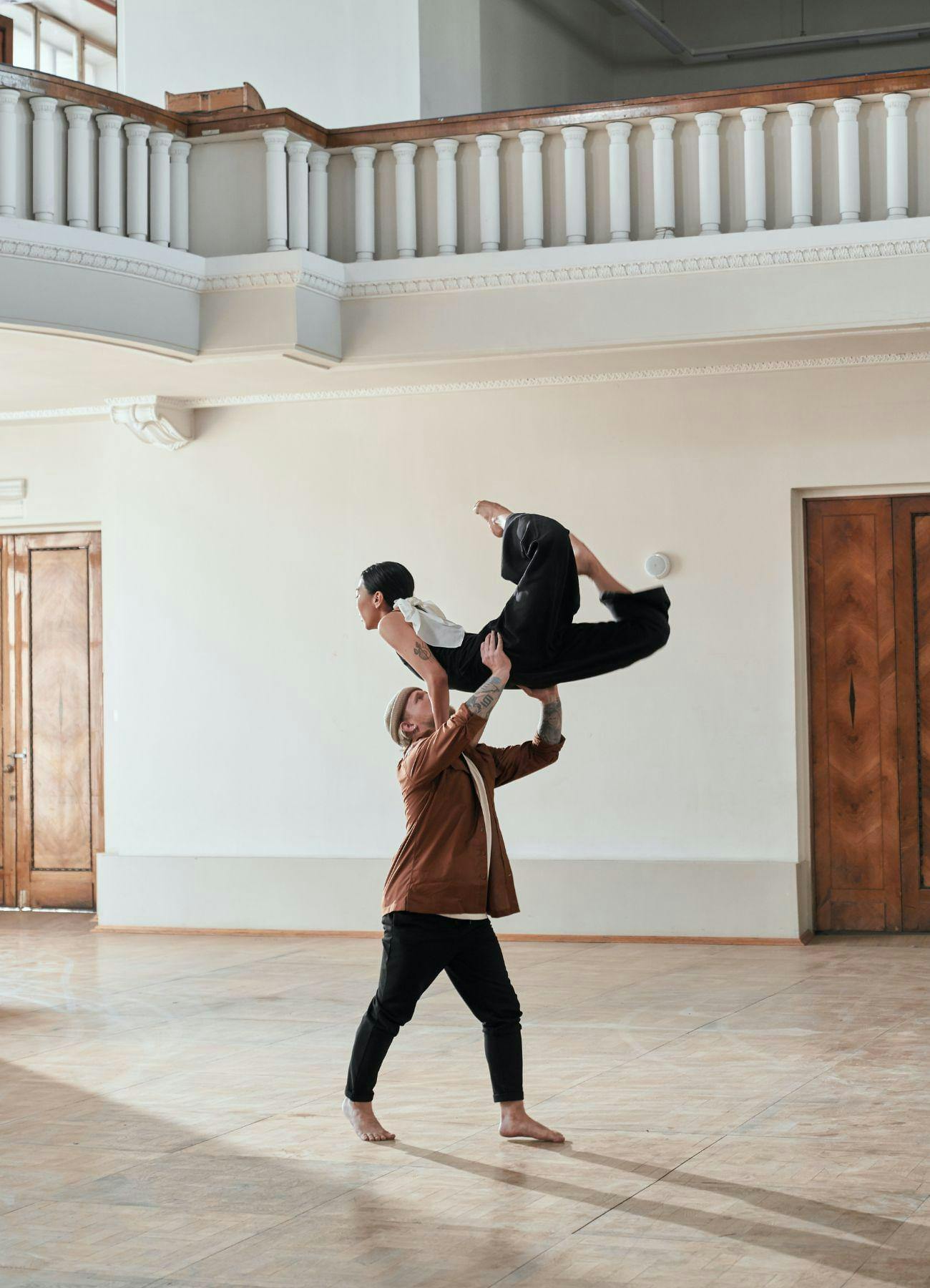
De kunst & kansen van digitale samenwerkingen
De digitale weg met succes bewandelen: net zoals elke uitdagende wandeling doe je het beter niet alleen, zonder goede voorbereiding of de juiste kennis op zak. We gingen in gesprek over digitale samenwerkingen met Leon Caren (We Are Public) en Fresco Sam-Sin (Things That Talk). Waarom samenwerkingen zo belangrijk zijn en hoe pak je het succesvol aan?
Do's voor digitale durvers
Als culturele instelling zonder veel technische knowhow kan het een uitdaging zijn om gelijkwaardige samenwerkingen op poten te zetten met technische partners, voor wie de technologische mogelijkheden eindeloos zijn. En waarom zou je alleen op zoek gaan naar digitale oplossingen, als wel meer instellingen met dezelfde dilemma’s kampen en je de krachten kan bundelen? Maar wie betrek je dan en wie hakt vervolgens de knopen door? Hoe organiseer je complexere samenwerkingsverbanden? We zetten de belangrijkste do’s op een rijtje.
Do’s for digital trailblazers
It can be a challenge for a cultural organisation without much technical know-how to establish equal partnerships with technical partners, for whom the technological possibilities are endless. And why should you go out looking for digital solutions all by yourself if there are other organisations with the same challenges and with whom you can join forces? But who do you decide to work with and who will make the final decisions? How do you organise more complex collaborations? We have listed the main do’s here to help you.
“There are so many digital possibilities, but it is important to keep asking why you are doing something and for whom.”
1. Betrek betrokken partners
Kies digitale partners die intrinsiek geïnteresseerd zijn in je product. Je hebt mensen aan je zijde nodig die met je meedenken en vooruitdenken, in plaats van ontwikkelaars die alleen willen dat de code klopt. Als je wil doorgroeien, kan je al die code immers niet zomaar meenemen naar een andere partner.
Gelukkig zijn er veel technische partijen die kunst en cultuur een warm hart toedragen en willen bijdragen, zonder de hoofdprijs te vragen. Zoek dus iemand die begrijpt wat je doet. Ook al ga je een zakelijke relatie aan, die inhoudelijke basis is cruciaal voor een toekomstbestendig project.
2. Haal technische expertise in huis
Een goede technische partner is één, maar zelf technische expertise in huis halen is ook belangrijk. We kwamen uit een tijd waarin de functie van websites van culturele instellingen vooral een visitekaartje of online agenda was. Ondertussen is het digitale luik onderdeel van je hele bedrijfsvoering. Je hebt dus in-house technische expertise nodig om alles vlot te laten draaien, maar ook om op een gelijkwaardige manier met je technische partners in gesprek te gaan en dit alles terug te vertalen naar je (artistieke) team. Als je die expertise helemaal niet in huis hebt, beland je in een afhankelijke positie terwijl je juist mee aan het stuur wil zitten.
The online platform Things That Talk gives a voice to historical objects, showing how people, objects and knowledge worldwide are interconnected.
3. Stel een product owner aan
Stevig in je schoenen staan wordt des te belangrijker wanneer je keuzes moet maken. Met meerdere kapiteins op het schip heb je iemand nodig die het mandaat heeft om knopen door te hakken. Enter: de product owner. Een product owner is degene die de eindverantwoordelijkheid voor een project draagt en die de verwachtingen van culturele instellingen in lijn brengt met wat praktisch mogelijk is volgens de ontwikkelaar.
In dit soort samenwerkingsverbanden (tussen cultuur en technologie) kan je niet dezelfde garanties leveren als in meer gebruikelijke projectvormen, omdat je de ontwikkelaars ook serieus moet nemen. Het is dus belangrijker om de verwachtingen goed te managen en te accepteren dat digitale projecten en ontwikkelingen flexibel zijn dan om exact de oorspronkelijke briefing af te vinken.
We Are Public Home - We Are Public is a cultural membership that gives unlimited entry to a selection of cultural events in the Netherlands.
4. Ga gluren bij de buren
We zeiden het eerder en herhalen het graag: doe het samen. Veel culturele instellingen worstelen met dezelfde dilemma’s als het gaat over digitale platformen bouwen met beperkte budgetten. Het is eigen aan cultuur om iets unieks te willen maken. Maar het is echt zonde van de tijd en de middelen om dit soort digitale projecten niet financieel of technisch samen op te pakken.
Fresco Sam-Sin: “ThingsThat Talk werkt bijvoorbeeld met een bepaalde zoom-techniek: hiermee kan je dingen zien die je met het blote oog niet kan zien. Er is veel interesse in die techniek. Maar in plaats van naar buitenlandse aanbieders en losse internetbureaus te kijken, is het veel makkelijker om binnen Nederland te onderzoeken hoe we de techniek samen kunnen doorontwikkelen. In het digitale en culturele domein is dat bijna tegenstrijdig, omdat ieder z’n eigen identiteit wil behouden. Maar dat hoeft elkaar niet in de weg te zitten. Als coalitie word je weerbaarder en sta je ook sterker in je vraag om fondsen en in je relatie met technische partners.”
Make the most of your collaboration and ensure it is successful in the long term. Read our tips about long-term collaboration in digital projects. Long-term collaboration in digital projects | DEN
Dit artikel is gebaseerd op de input die we verzamelden tijdens het DEN interview ‘De kunst & kansen van digitale samenwerkingen’ op vrijdag 12 mei 2023 in Amsterdam. De geïnterviewden: Leon Caren (oprichter We Are Public) en Fresco Sam-Sin (oprichter Things That Talk). Veerle Devreese interviewde en Birgit Van Asch schreef de tekst (Cornelis Serveert).
